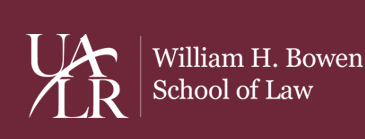Publication Date
2009
Abstract
The asbestos crisis has spawned the development of extraordinary new remedies. One of the most dramatic and controversial is known as a "non-debtor release," a bankruptcy order extinguishing claims against a party who has not itself filed for bankruptcy. Also known as a "third-party release," this form of relief first found acceptance in early asbestos insolvencies. Since that time, Congress has passed a statute—§ 524(g) of the Bankruptcy Code—that expressly authorizes non-debtor releases in asbestos reorganizations. Powerful remedies are subject to abuse, and third-party releases are no exception. In this article, I argue that bankruptcy courts and litigants have overlooked critical limits on non-debtor releases—limits contained in both § 524(g) and other provisions of the Code. The most important restriction is this: Under the best interest of creditors test set forth in § 1129(a)(7) of the Code, it is permissible to extinguish the liabilities of a third party over the objection of claimants only when the plan of reorganization promises payment in full on the released claims.
Document Type
Article
Recommended Citation
Joshua M. Silverstein, Overlooking Tort Claimants' Best Interests: Non-Debtor Releases in Asbestos Bankruptcies, 78 UMKC L. Rev. 1 (2009).
Included in
Available at: https://lawrepository.ualr.edu/faculty_scholarship/14
